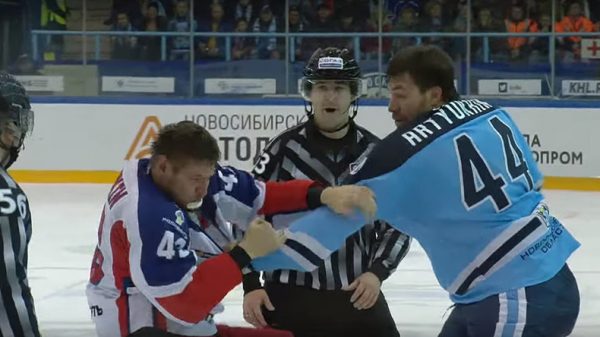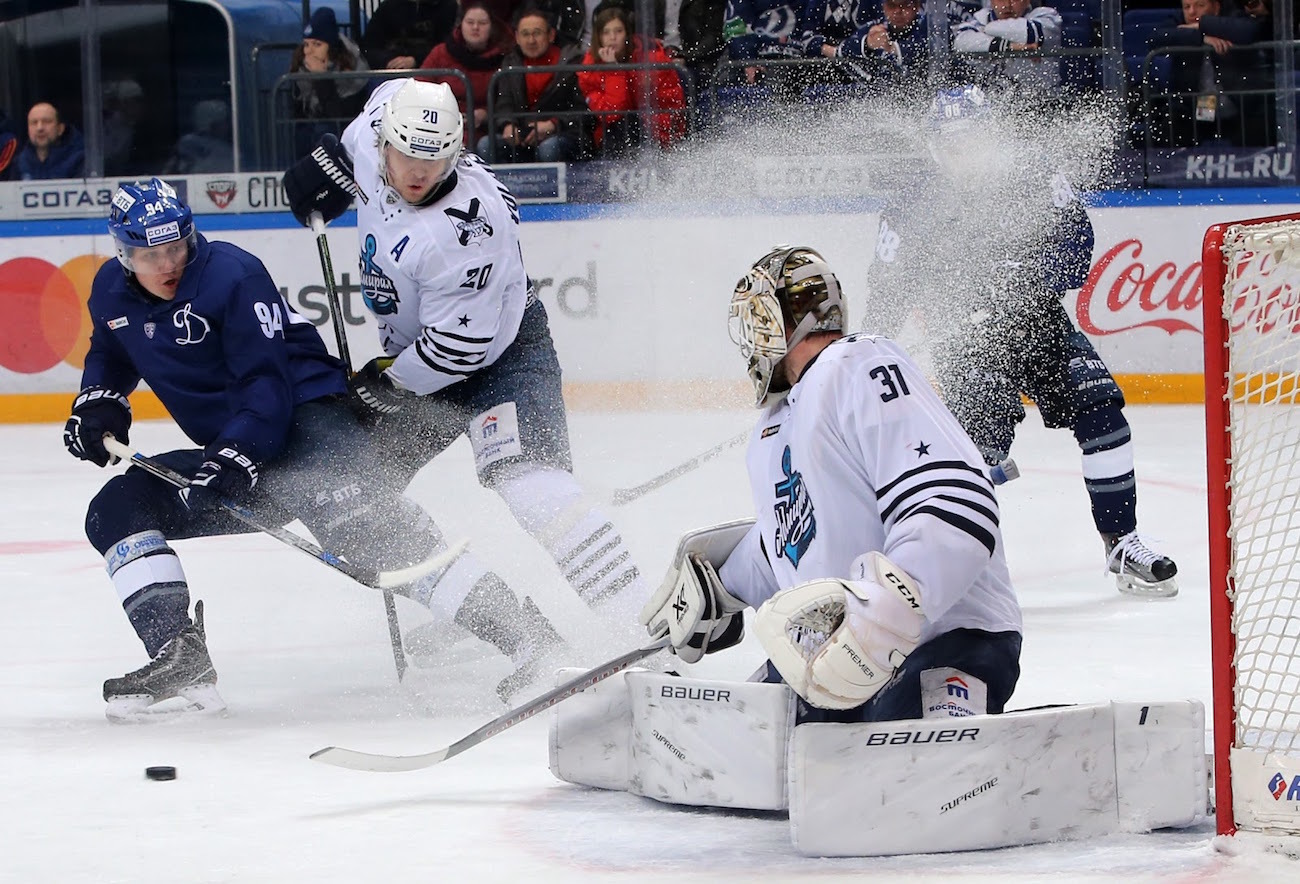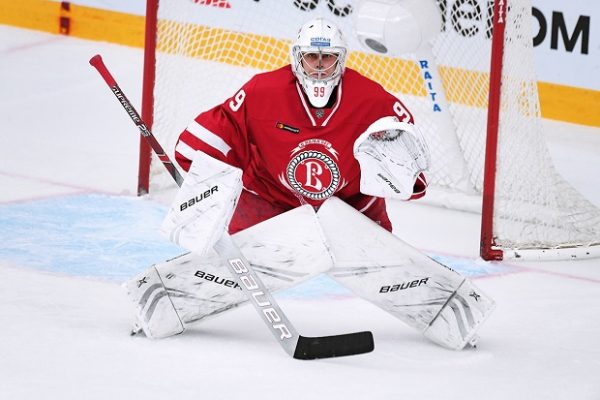The Kontinental Hockey League (KHL) has quickly established itself as the number two ice hockey league in the world, after the NHL. Many top North American hockey players find themselves playing in the KHL either prior to getting their big break in the NHL or after their prime has passed. Sort of like the role the Super League plays for many Australian NRL players.
The KHL was launched in 2008 with the support of President Vladamir Putin. The aim was to create a European rival to the NHL and a league that the best European players, especially Russians, could call home without having to make the move to the USA or Canada.
The best part… it worked! Big-name players from across the world started signing with KHL clubs and the league boomed. Putin sees the KHL as a showcase for national pride. Team owners include some of the richest oil and gas companies in Europe. These owners started throwing money at NHL journeymen and fading stars. Bigger money then they could attract playing under the bright lights of the NHL.
Reid Simpson, a Canadian made $400,000 tax-free each year over two seasons with Chekhov. The most he ever made in 12 NHL seasons was $500,000.
“You’ve got taxes, team dinners, going out, tips, there’s just a lot more that you blow your money on when you play in the NHL,” he said. “You come to Russia and there’s not as much you do besides play hockey. You make $400,000 in the KHL and it’s like making $700,000 in North America.”
However, this is not easily earned money, playing in the KHL is far from easy. Pre-season camps are known to last over 2 months with 3 a day training sessions and coaches making players wear 20kg weights on their shoulders the whole time. Some KHL clubs demand players stay pre-game nights in basas, remote bases in the middle of nowhere with small beds with thin mattresses, poor heating and worse food. A bad game can mean a second night’s stay. A handful of teams regularly fall behind in paying their players, and even when they do pay, some clubs insist on paying in cash.

Many owners encourage fighting in KHL games
“One guy I know, playing for the KHL team in Kazan, was arrested after the team had (marijuana) planted on him,” says Simpson, who now lives in Chicago. “They took him to jail, wanted to sweat him out, pressure him to agree to go back to Canada without getting paid.”
The same thing happened to John Grahame, a Canadian goalie who played during the 2008-09 season for the KHL team in Omsk, a city in Siberia.
“He was arrested by police for going to a dance club because the team didn’t want to keep paying him,” Simpson said.
There are reports of teams making players pay for their own toilet paper for use in the change rooms, several players stated that in 2012 a few rinks on the KHL circuit required visiting teams to bring their own toilet seats. This is not the craziest part of the KHL either. In 2018 a sheep was sacrificed on the ice before a Barys Astana practice in Kazakhstan, word is this caused many of the non-European players present to vomit. Then there is Nikolai, owner of the Chekhov Vityaz team, whose surname is a mystery even to his employees due to rumors of Russian mob affiliation, is known for bringing guns into locker rooms. Rick Westhead of the Toronto Star reported that after 18-year-old star player Alexei Cherapanov died during a game while sitting on the team bench, Nikolai burst through the emergency room doors demanding doctors bring Alexei back to the rink.
I’m torn here… on the one hand, I love video games, and the KHL sounds like a mix between EA’s NHL series and a mission out of GTA. On the other hand, I want athletes and people, in general, to be able to complete their jobs with safety and the knowledge they will get paid. The future does look bright for the KHL however with many people reporting a great improvement over the past few seasons and the new league management looking to clean up the leagues image.
Written by Joel Hall



